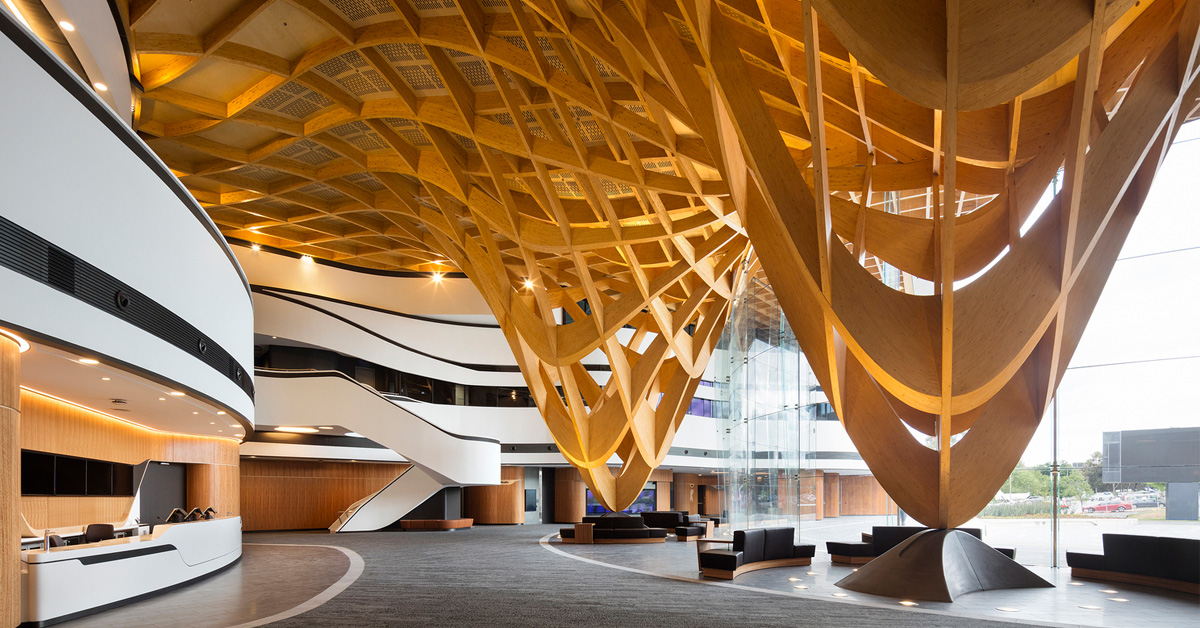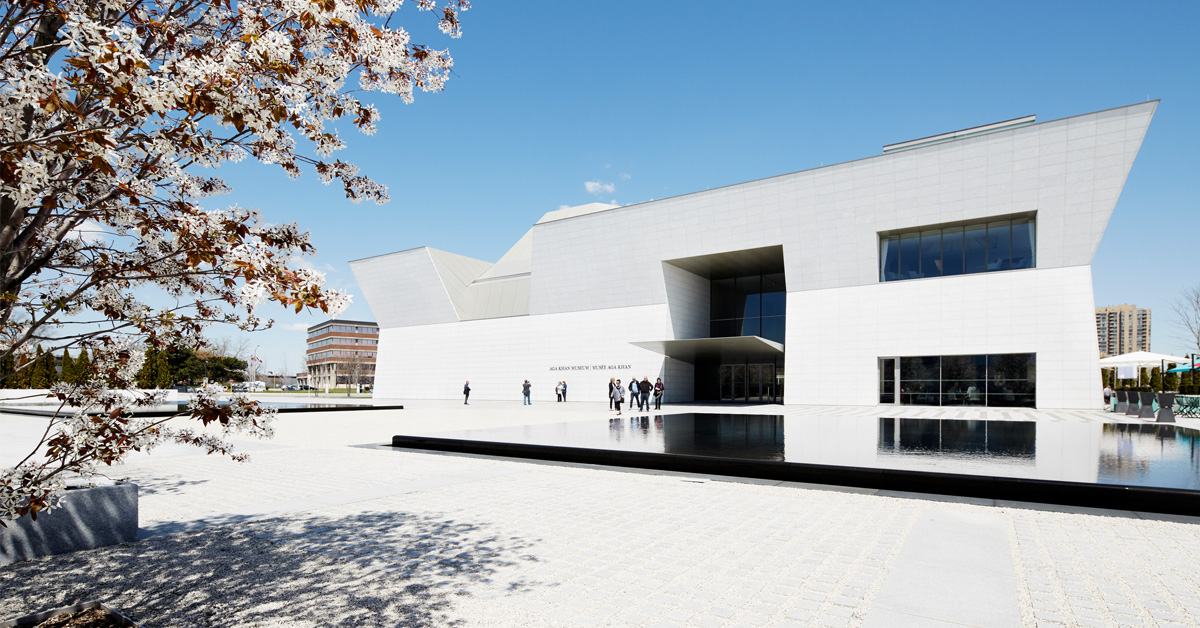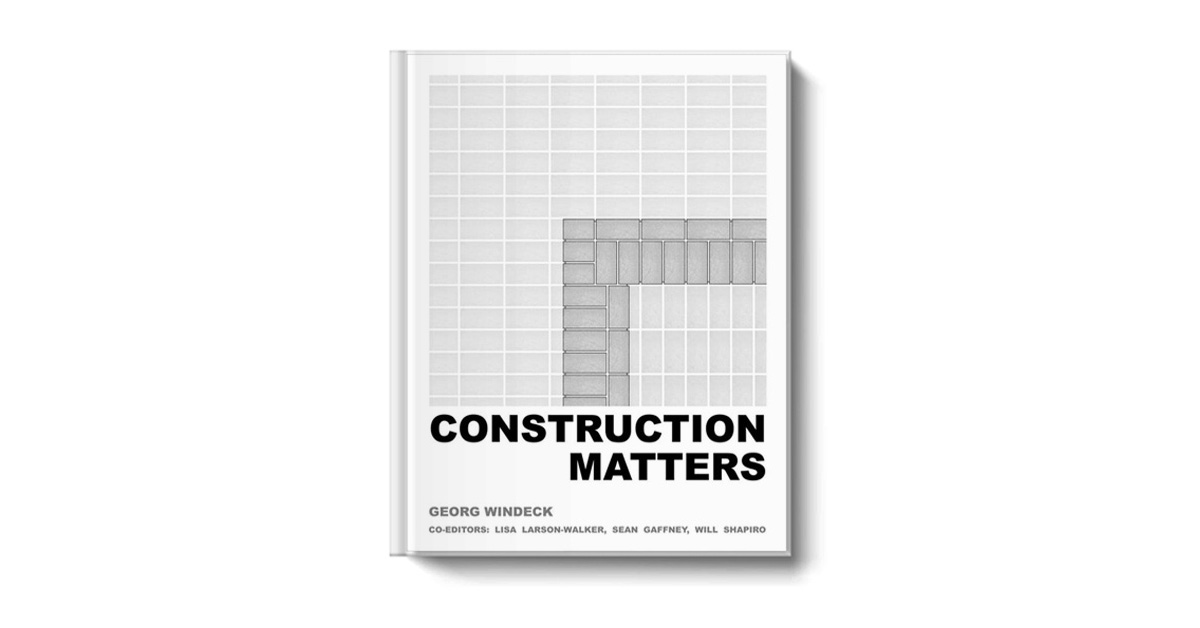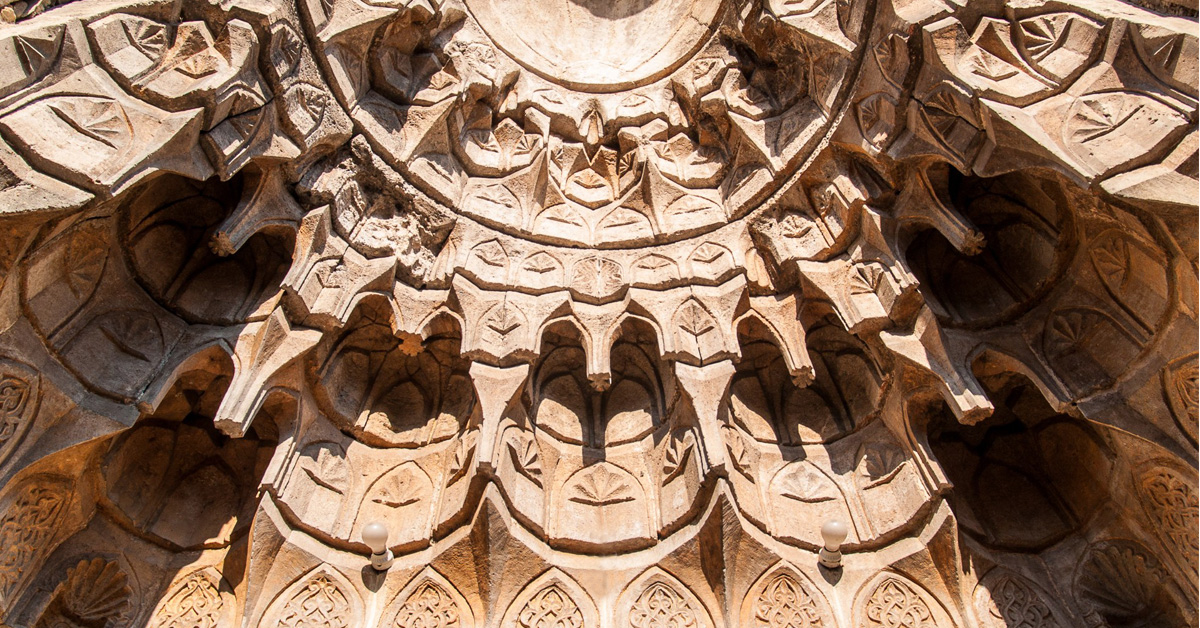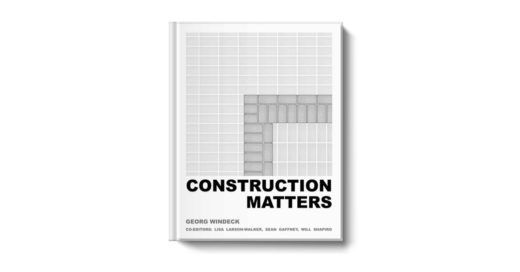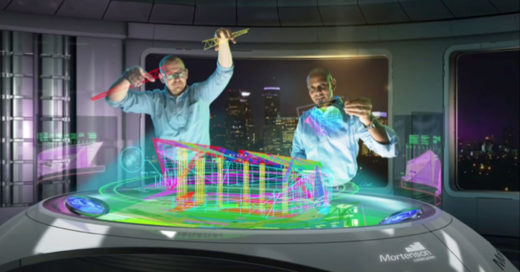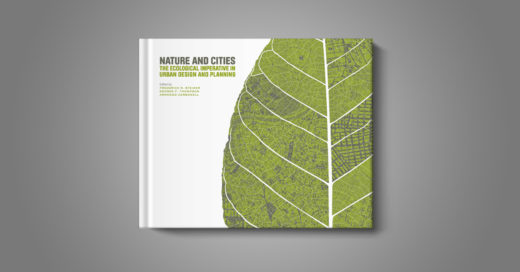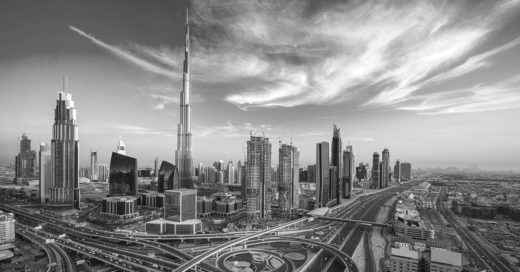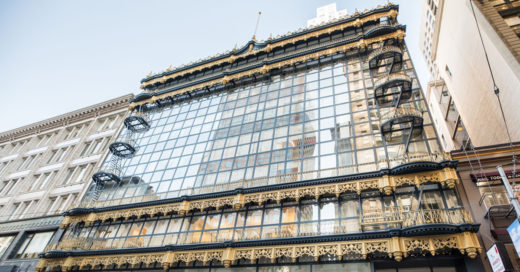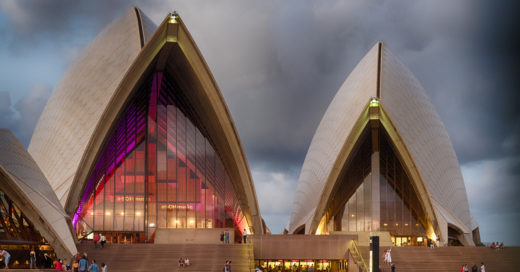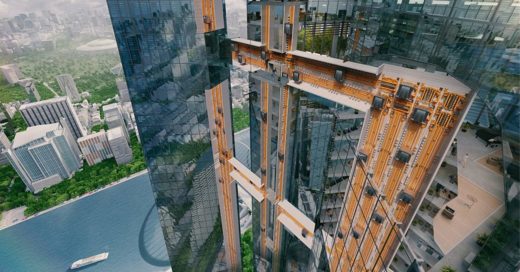. Construction Mattersproposes that architects consciously think about spatial design as an expression of technological innovation. The thesis of Construction Mattersis clearly established by its openings sentence. “The materials of construction establish the essential shape and character of architectural space.” Author Georg Windeck suggests that innovations related to four elemental materials — brick, concrete,…
Read MoreCategory: Inspiration
Muqarnas: Geometric Ornament in the Service of Dome Design
The muqarnas, rooted in function, became a powerful sculptural element in Islamic architecture, yielding beautifully intricate compositions of solid and void. Ancient and medieval craftsmen learned to achieve breathtaking results by applying three-dimensional geometric patterns to the underside of domes, half-domes, and vaults. At first glance, it seems that the muqarnas could almost…
Read MoreHow Singapore Designs and Builds a “Smart City and Nation”
. In this TEDx talk, Singapore’s Housing and Development Board CEO, Dr. Cheong Koon Hean, outlines how new technologies help architects and planners to increase quality of life while simultaneously adapting to a growing population. The island nation of Singapore is just one example of a modern city that can benefit from smarter…
Read MoreFrank Lloyd Wright’s Organic Architecture
. The integration of architecture, nature, and technology defines the work of Frank Lloyd Wright. In his 1910 essay “Organic Architecture,” Frank Lloyd Wright wrote, “It is quite impossible to consider the building as one thing, its furnishings another and its setting and environment still another.” This insistence on integrating architecture with its environment…
Read MoreWater Management: Why the Alhambra Palace Was Ahead of its Time
On a hill overlooking Granada, Spain is one of the most celebrated works of medieval Islamic architecture, and perhaps the only surviving site that displays the splendor of the last Islamic rule of Spain. Its history is complex and its functions diverse, but one thing is for certain: it is an architectural and engineering…
Read More“The Future of Making Buildings”: An Insider’s View
Architect, educator and former Autodesk VP Phil Bernstein talks about how the rise of BIM technology is changing the nature of architecture. By now most architects know what Building Information Modeling (BIM) is all about, but few understand its implications and potential better than Phil Bernstein, an architect, technologist and educator who helped…
Read MoreBook Review: Nature and Cities
“Landscapes do not lie; they are the embodiment of all that we do on Earth,” the editors ofNature and Citieswrite in their introduction. Faced with seemingly limitless urbanization, they challenge planners and designers to think creatively about sustaining nature and building communities. This volume — named a Best Book of 2016 by the American…
Read MoreThe Story of a Super-Material: Concrete Then and Now
The cornerstone of the global construction industry is, for better and worse, concrete. Builders ancient and modern have been drawn to the material’s durability, versatility, and efficiency, but its benefits come at an environmental cost. Researchers today are finding new ways to improve concrete’s performance and mitigate its expense. Mukhtar Ibrahim, Head…
Read MoreA 100-Year-Old Glass Curtain Wall Ahead of Its Time
Featuring the first glass curtain wall in the United States, the Hallidie Building in San Francisco still feels surprisingly modern 100 years after its completion. When the Hallidie Building was completed in 1918, it presented a striking contrast to the heavy masonry structures that lined the streets of San Francisco and most other…
Read More‘Subtle and Bold’: A Tribute to Jørn Utzon at 100
Never one to imitate or repeat himself, Utzon’s designs are all rooted in the traditions of the places he worked. He drew inspiration from everything he saw and experienced, from the Mayan pyramids in Mexico to the design of a tea house in Japan. Today, when we see the Sydney Opera House, it is…
Read MoreThe Original Green City Planner: Alphand In Paris
The engineer Adolphe Alphand led the multi-disciplinary planning office responsible for transforming and greening Paris in the 19th century. While G.E. Haussmann is remembered mostly for piercing the historic urban fabric of Paris with wide boulevards, perhaps his best move was hiring the engineer J.C. Adolphe Alphand (1817–1891) in 1854 to direct the…
Read MoreThe Elevator That Could Revolutionize Architecture, Again
In 1854, the invention of the elevator heralded the invention of the skyscraper. Today, a new, dramatically redesigned “two-dimensional” elevator system may once again transform our skylines. Structural steel framing made it possible for our buildings to reach great heights, but before the elevator no one wanted to reach any higher than five…
Read More





